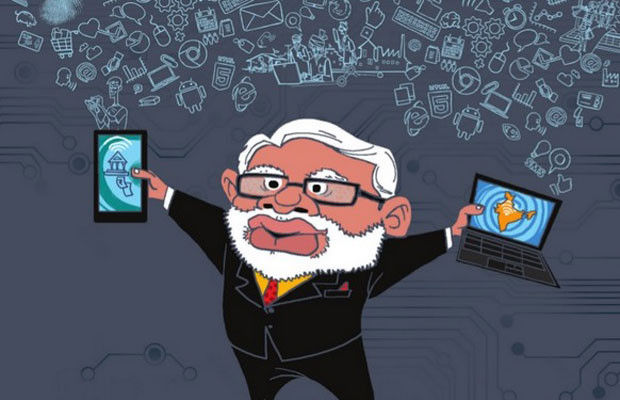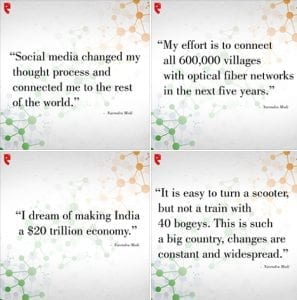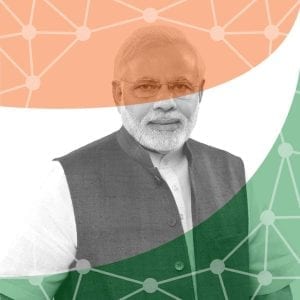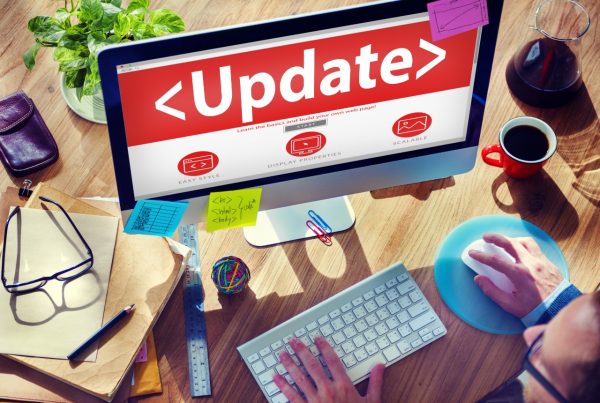India sure is on the crest of a wave right now. And what a giant wave it is! What’s more, this wave has only just begun to form and it does promise to revolutionise the very core of our country. The wave is Digital India and it’s got everyone talking (and in some cases changing their display picture).
Digital India
The initiative launched by the Prime Minister of India this year is a forward-thinking plan that aims to harness the power of connectivity to each and every person in India; a digital connectivity that empowers remote hinterlands, key metros and everything in-between. What’s more, the move towards digitisation will also encompass the government services and accelerate governance processes, in real time and even via the mobile platform.
Digital India is an all-encompassing initiative that has multiple benefits for the country at large, the citizens and the corporate sector.
Infinite possibilities
The purpose of Digital India is to create a digitally knowledgeable populace that will empower every citizen with their own voice. Consequently, as a part of the plan there will be increased internet connectivity which means that even rural people and small scale businesses will have an outreach that surpasses limitations of every kind.
The vision is to create a digitised country that welcomes a whole new world full of untapped potentials besides also making way for investments in many niche industries and furthermore possibilities for the technology sector.
Push for Digitisation
The push towards digitisation will be made possible through high-speed broadband internet that will possibly be made as affordable as possible. Moreover, there are plans to boost the connectivity by putting in place a solid digital infrastructure paving the way for accelerated connectivity of rural areas with key basics such as healthcare facilities delivered via the internet. The Digital India plan will be overseen by the Digital India Advisory group of the GOI.
Digital India- Status Update
The recent visit of the honourable Prime Minister of India to the Silicon Valley has given a boost to this initiative with many tech biggies pledging their support towards the digitisation effort.
As a mark towards his espousal with this scheme, Facebook CEO Mark Zuckerberg changed his personal Facebook page picture on which the Indian flag colours were inscribed on his photograph. In fact, he even followed it up with a status update that represented his support towards Digital India. The honourable Prime Minister Mr. Modi also updated his own profile picture that was inscribed with the Indian tri-colours.
A feature on Facebook was recently introduced wherein those users who pledged their support with this initiative could change their profile picture with these tricolour hues.










